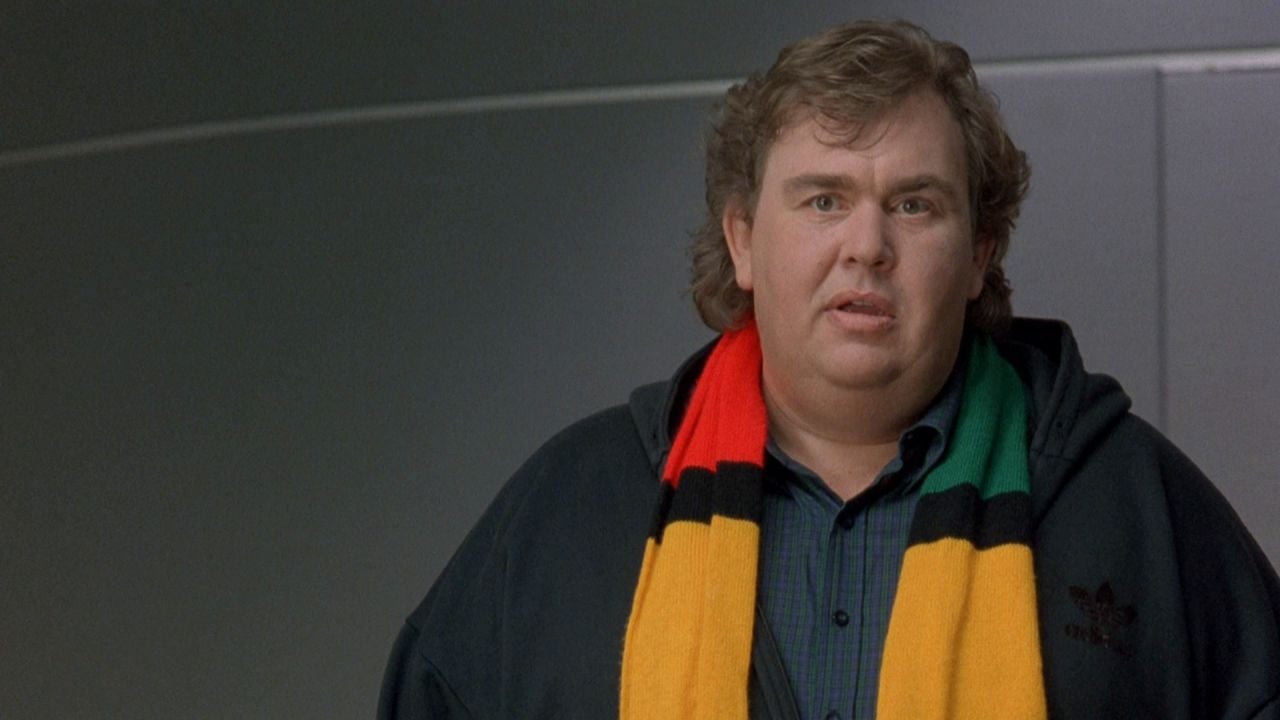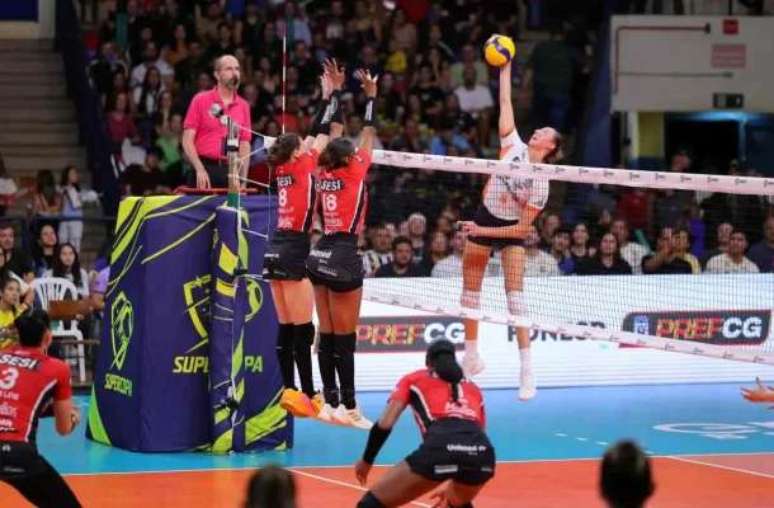A sedentary body can experience increased muscle loss over time, known as sarcopenia.
As we age, it is common to observe a reduction in muscle mass and a decrease in physical strength and vigor. This process, known as sarcopenia, can begin around age 35, with a rate of decline of between 1% and 2% per year for most people, increasing to 3% after age 60.
According to an article from Harvard Medical School, adults who do not regularly engage in strength training can expect to lose 10 to 15 pounds of muscle mass every decade. And most people don’t see a reduction on the scale, which indicates they are “replacing” that muscle with fat.
Fast-twitch muscle fibers, responsible for providing bursts of energy, are lost at a greater rate than slow-twitch fibers, resulting in not only a reduction in strength but also a decline in speed.
Importantly, weak muscles contribute to reduced independence, making daily activities more challenging, such as walking, cleaning, shopping, and even dressing. They also impair your ability to cope with and recover from illness or injury.
Muscle vs. sarcopenia
The likelihood of physical disability is greater in older adults with moderate to severe sarcopenia than in those with normal muscle mass. Additionally, muscle weakness makes balance difficult, and loss of strength amplifies this problem.
The recommendation, in these cases, is that the person undergoes regular medical evaluations, checks hormone levels – because the decline in hormones, caused by age, can also contribute to the loss of muscle mass -, as well as correcting clinical problems capable to accelerate this phenomenon.
Eating a healthy diet, using supplements when indicated, and engaging in regular physical activity – both aerobic and muscular endurance exercises – can reverse somewhat or even slow the rate of muscle loss. Additionally, these physical activities can preserve vitality, make daily activities more manageable, and help you maintain a healthy weight.
What exercises to do?
Regardless of the exercise you choose, the most important thing is to keep your body active throughout all stages of life. This can be done through different physical activities, and the choice depends on some factors, such as:
- Time availability
- Personal tastes
- Possible physical limitations
7 activities to practice
We have selected below some types of training that can be adopted by all ages, taking into account these factors mentioned above. Remember to seek professional advice before starting physical activity, as well as being medically cleared to exercise!
- Calisthenics: It is a training method where only body weight is used. It is great for training muscles of the whole body and can be done anywhere, even at home, with the help of the available accessories.
- I swim: One of the biggest benefits of swimming is that it really works your entire body, from head to toe, toning muscles and developing strength and endurance. Furthermore, it has a low impact on the joints.
- Cycling: Cycling is a low-impact aerobic exercise that offers a variety of physical and mental health benefits. It also helps strengthen leg muscles, improving overall body function without placing too much stress on the joints.
- Bodybuilding: Bodybuilding is a type of training for all ages, since the loads are adaptable to the person’s abilities, promoting a balanced training of all the muscles of the body, which improves mobility and flexibility
- Dance: Dancing is a great way to have fun while getting aerobic exercise. You can take classes at the gym, but you can also practice your dancing skills at home.
- Walk: It is a low intensity, low impact exercise. Try to do this every day as much as possible. If your physical capabilities allow it, you can try alternating walking with light jogging.
- Go upstairs: This is a great way to get your heart pumping and your body sweating. You can take walks on the stairs in parks and even on the stairs of your building, for example
Remember that these are just a few examples of great exercises to keep your body active and prevent age-related muscle loss. You can invest in other activities on the list, as long as there is medical approval and monitoring by a physical education professional. The important thing is to keep moving, doing activities that give you pleasure!
Source: Terra
Ben Stock is a lifestyle journalist and author at Gossipify. He writes about topics such as health, wellness, travel, food and home decor. He provides practical advice and inspiration to improve well-being, keeps readers up to date with latest lifestyle news and trends, known for his engaging writing style, in-depth analysis and unique perspectives.









